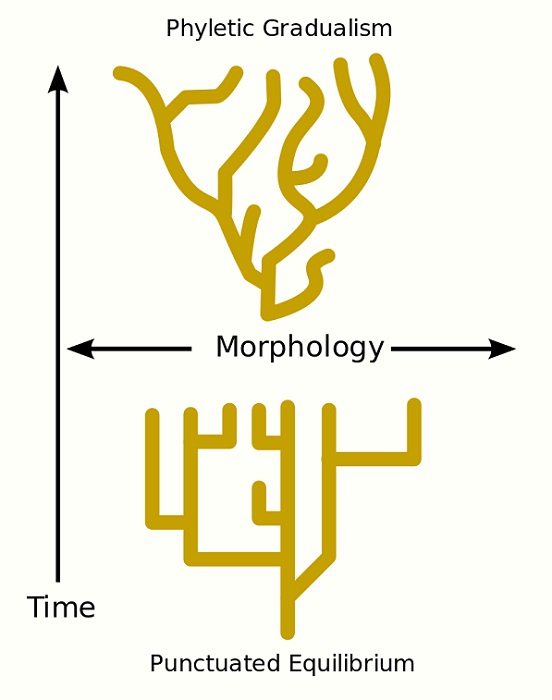[LS4-5] Environmental Changes and Evolution
This standard focuses on how changes in the environment can lead to adaptation within a population and the evolution of new species.
Resources for this Standard:
Here’s the Actual Standard:
Evaluate the evidence supporting claims that changes in environmental conditions may result in: (1) increases in the number of individuals of some species, (2) the emergence of new species over time, and (3) the extinction of other species.
Standard Breakdown
This standard has 3 specific parts that we will look at in detail:
Increases of Some Species
Changing environmental conditions can be beneficial for some species. Any changes that increase a population’s limiting resources can increase the total number of individuals that a population can support. For example, if it starts raining more in a previously dry region, the region may be able to support more plant life. This may allow a grass species to take over a region that typically only supported cacti.
With an increase in population comes an increase in variation. Larger population sizes carry more individuals. Each individual is like a petri dish for possible mutations, plus every time sexually reproducing organisms reproduce genes and traits are mixed around – further increasing variability within the population. Given enough time and selective pressure, these minor variations can become large rifts in populations that can eventually divide populations into new species.
Emergence of New Species
The “emergence” of new species makes it sound like new species spring from nothing. However, this is never true. All new species come from ancestral species that have accumulated mutations. Sometimes, a new species is formed as it separates from the original population. Sometimes, the mutations increase in frequency within the ancestral population and the entire population slowly evolves into a new species with different adaptations than their ancestors. This is the basis for the theories of phyletic gradualism and punctuated equilibrium, seen below:

Good examples of the emergence of new species can be found in the fossil record. For example, after the massive impact of a meteor around 65 million years ago, many niches were left open. Dinosaurs that survived the extinction evolved the common traits of feathers and beaks. These successful adaptations led to a much larger radiation of birds – including all the species we see today.
Essentially, this process of new species being created from old ones is seen in the “tree of life”, as well as the fact that most organisms on this tree share a large amount of DNA with one another.

Extinction of Species
While changing environments can create species, they can also lead to extinction. Extinction can happen over a long period of time, or over a shorter period of time, depending on the severity of the environmental change. While individual species come and go regularly, the fossil record is punctuated by a number of “mass extinction events” – during which large portions of global diversity went extinct due to drastically changing conditions.
A little clarification:
The standard contains this clarification statement:
Emphasis is on determining cause and effect relationships for how changes to the environment such as deforestation, fishing, application of fertilizers, drought, flood, and the rate of change of the environment affect distribution or disappearance of traits in species.
Let’s look at this clarification a little closer:
Cause and Effect Relationships
The point here is to build models of evolutionary change that span from genetic mutations all the way to adaptations in populations. The cause and effect of different environmental factors on genes can be explored at any level that has been researched, and students should be able to theorize how these effects can be extrapolated to entire populations and how these adaptations may be created on a genetic level.
